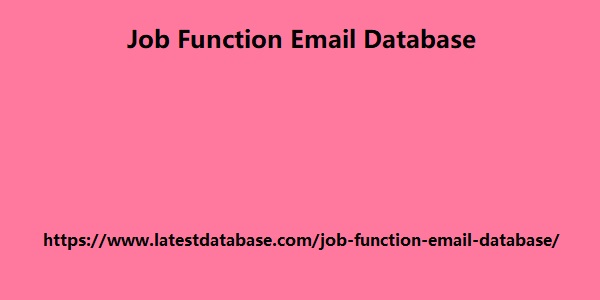Post by account_disabled on Feb 20, 2024 4:08:54 GMT -5
In the space of 10 days, three major central banks made policy decisions that seemed so finely balanced that they could have gone in any direction. The Federal Reserve unanimously opted last week to keep its policy rate unchanged, but took pains to suggest it could raise rates again at its next meeting. The Bank of England also held firm, but with the vote split almost down the middle and observers increasingly thinking the peak may have been reached. The previous week, the European Central Bank raised rates, despite weakening economic growth. The growing uncertainty about what monetary authorities were going to do is not difficult to understand: it is linked to increasing uncertainty about what they should do. We have entered a time in which signals of both price movements and economic activity are increasingly difficult to interpret.
That increases the margin of error and the possibility that major central banks will diverge after adjusting in parallel for more than a year. Another reason for divergence has gone Job Function Email Database more unnoticed. As the supply-side drivers of inflation – from pandemic disruptions to energy and commodity price wars in Russia – have receded, the main price risks are now internal. Central bankers are focusing on wage growth, which, if it remains high, could prevent services and core inflation from continuing to trend downward. Wage growth has behaved in different ways. Hourly earnings in the United States have fallen from a peak annualized growth rate of 6 percent to remain in a range of 4 to 5 percent throughout this year. This figure is too high to be consistent with 2 percent inflation if it is sustained. So the big question for the Fed is whether wage growth is reacting to past inflation to offset real wage erosion.

Which case it could moderate again as overall price growth continues to decline). or whether workers see this rate of nominal wage increase as a new floor that they will insist on keeping. In the eurozone, wages are often negotiated through collective bargaining, not set in markets. This creates a longer lag in response to price inflation, and the ECB's gauge of negotiated wage growth picked up this year after being subdued. President Christine Lagarde's comments on the latest rate hike made it clear that these developments are central to the ECB's hawkish stance. This contrast highlights two important things. One is that, since labor relations differ markedly between economies, so do wage formation and its influence on inflation. If wages are the most important factor, we would expect central banks to behave differently. Second, labor markets are inherently political, as illustrated by the ongoing United Auto Workers strikes in the United States.
That increases the margin of error and the possibility that major central banks will diverge after adjusting in parallel for more than a year. Another reason for divergence has gone Job Function Email Database more unnoticed. As the supply-side drivers of inflation – from pandemic disruptions to energy and commodity price wars in Russia – have receded, the main price risks are now internal. Central bankers are focusing on wage growth, which, if it remains high, could prevent services and core inflation from continuing to trend downward. Wage growth has behaved in different ways. Hourly earnings in the United States have fallen from a peak annualized growth rate of 6 percent to remain in a range of 4 to 5 percent throughout this year. This figure is too high to be consistent with 2 percent inflation if it is sustained. So the big question for the Fed is whether wage growth is reacting to past inflation to offset real wage erosion.

Which case it could moderate again as overall price growth continues to decline). or whether workers see this rate of nominal wage increase as a new floor that they will insist on keeping. In the eurozone, wages are often negotiated through collective bargaining, not set in markets. This creates a longer lag in response to price inflation, and the ECB's gauge of negotiated wage growth picked up this year after being subdued. President Christine Lagarde's comments on the latest rate hike made it clear that these developments are central to the ECB's hawkish stance. This contrast highlights two important things. One is that, since labor relations differ markedly between economies, so do wage formation and its influence on inflation. If wages are the most important factor, we would expect central banks to behave differently. Second, labor markets are inherently political, as illustrated by the ongoing United Auto Workers strikes in the United States.
